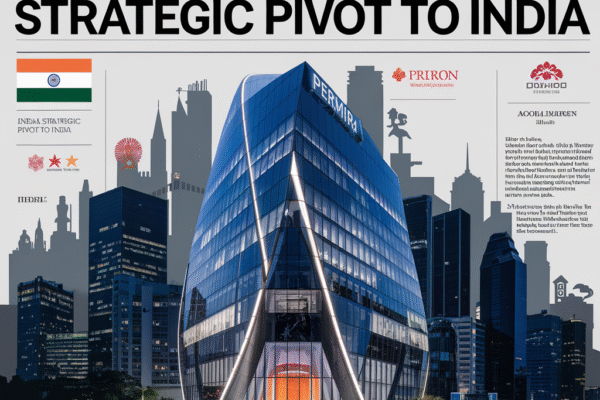M&A Activity in July 2023 – Key Highlights
- The total value of mergers and acquisitions (M&A) in the US soared to a staggering $124 billion in July 2023, marking a significant surge in deal activity.
- This uptick reflects a broader trend of increased corporate activity, fueled by strategic acquisitions and private equity investments.
- Notable deals include Pfizer’s $43 billion acquisition of Seagen and Accenture’s $1.2 billion acquisition from Ernst & Young (EY).
Economic Conditions Fueling M&A Surge
Several economic factors have contributed to the surge in M&A activity. Despite historically high interest rates, a McKinsey survey suggests that 60% of CFOs believe this will not significantly impact their M&A strategies. Moreover, inflationary pressures have led companies to seek scale and efficiency through acquisitions, as highlighted in a BCG report.
Sector-Specific Trends Driving Consolidation
Sector-specific trends have played a crucial role in shaping M&A activity. The technology sector continues to be a hotbed, with companies bolstering their digital capabilities through strategic acquisitions like Microsoft’s $68.7 billion acquisition of Activision Blizzard. The healthcare sector has also witnessed robust activity, driven by the need for integrated care solutions and pharmaceutical innovations.
Historical Context and Regulatory Landscape
The current M&A boom has historical precedents, such as the 2015 tech boom, which saw significant deals like Google’s acquisition of Nest for $3.2 billion. Over the past decade, M&A activity has been influenced by various factors, including regulatory changes. While the Biden administration’s efforts to strengthen antitrust laws have led to increased scrutiny, companies continue to navigate the complex regulatory environment.
M&A Activity – Conclusion and Future Outlook
Industry experts predict that the current trend of increased M&A activity will continue into late 2023 and beyond. Private equity firms, having raised significant funds in recent years, are expected to remain key drivers of deal-making. However, as companies pursue strategic acquisitions, it is crucial to learn from past successes and failures, such as the successful integration of Whole Foods by Amazon and the cultural challenges faced in the Exxon-Mobil merger.
As the M&A landscape evolves, CEOs and CFOs must carefully consider the impact on workforce dynamics, innovation, and communities affected by corporate consolidations. By leveraging insights from industry experts and staying informed about regulatory changes, companies can make informed decisions that maximize the benefits of M&A activity while mitigating potential risks.





